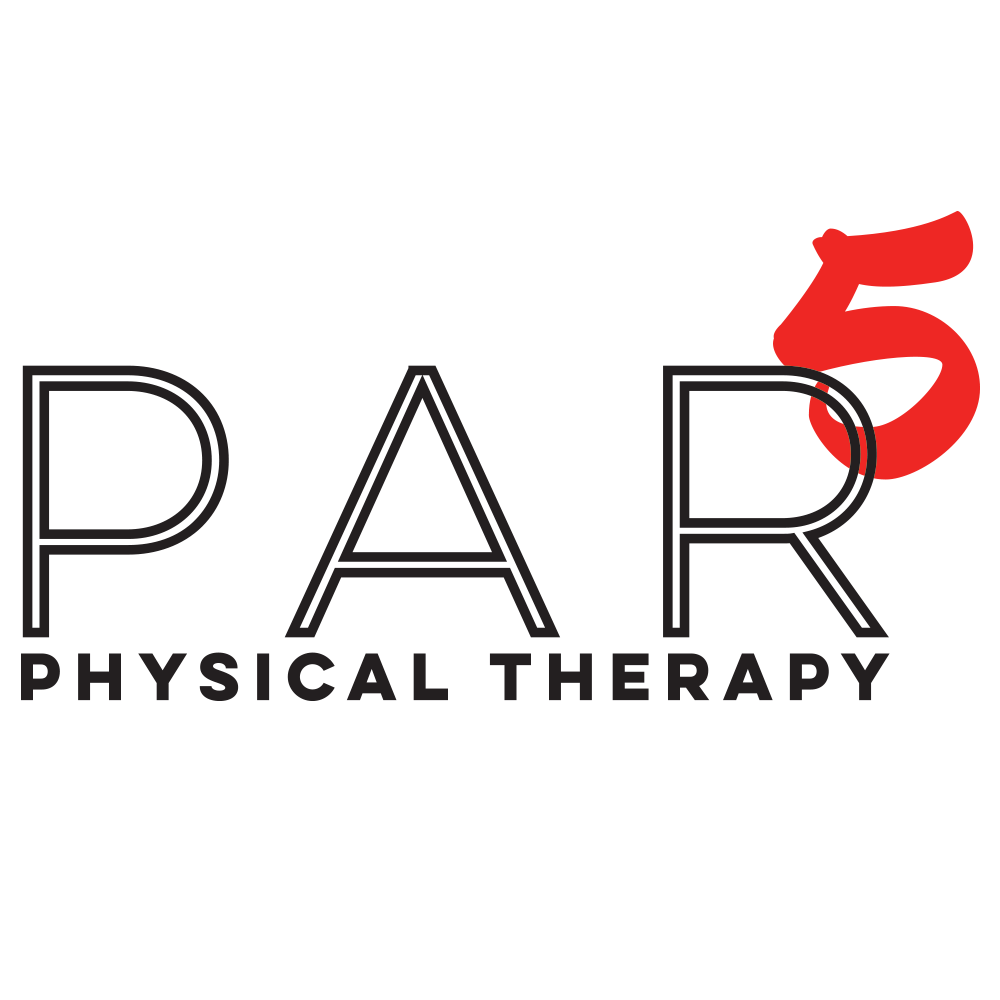Balance: The third PAR5PT pillar
Balance is a fundamental component of the PAR5PT framework, essential for maintaining physical control and preventing falls. Balance involves the ability to maintain the body's center of gravity over its base of support, whether stationary or in motion. This skill is crucial not only for athletes but for individuals of all ages, particularly the elderly, to ensure safety and independence.
Importance of Balance
Balance is vital for several reasons:
Injury Prevention: Good balance reduces the risk of falls and injuries, particularly in older adults. It helps prevent ankle sprains, knee injuries, and other accidents related to poor stability.
Enhanced Performance: Athletes and active individuals require excellent balance to perform at their best. Balance is crucial for executing precise movements and maintaining control during dynamic activities.
Functional Movement: Everyday activities such as walking, climbing stairs, and carrying objects require good balance. Improved balance ensures that these activities are performed safely and efficiently.
Posture and Alignment: Balance exercises promote proper posture and alignment by engaging the core and stabilizing muscles. This helps prevent musculoskeletal imbalances and associated discomfort.
Neuromuscular Control: Balance training enhances the body's ability to coordinate muscle activity and maintain stability, improving overall movement quality.
Factors Affecting Balance
Several factors can influence an individual's balance:
Muscle Strength: Weak muscles, particularly in the legs and core, can compromise balance.
Proprioception: The body's ability to sense its position in space, known as proprioception, is crucial for maintaining balance. Impaired proprioception, often due to injury or neurological conditions, can affect stability.
Sensory Input: Vision, the vestibular system (inner ear), and sensory feedback from muscles and joints all contribute to balance. Any impairment in these systems can affect balance.
Flexibility: Adequate flexibility allows for better movement and adaptation to changes in position, contributing to balance.
Age and Health Conditions: Aging and certain health conditions, such as Parkinson's disease and diabetes, can affect balance by weakening muscles and impairing sensory input.
Techniques to Enhance Balance
We use a variety of techniques to improve balance, tailored to the specific needs of each patient. These techniques include:
1. Balance Exercises
Purpose: Improve the body's ability to maintain equilibrium.
Method: Exercises such as standing on one leg, heel-to-toe walking, and using balance boards challenge the body's stability systems. These exercises can be made progressively more difficult by changing the surface, adding movement, or closing the eyes.
2. Vestibular Training
Purpose: Enhance the function of the inner ear, which plays a crucial role in balance.
Method: Exercises designed to improve vestibular function include head movements, eye exercises, and balance activities that challenge the inner ear. Therapists may use tools like balance boards and foam pads to create an unstable surface that requires greater vestibular adaptation.
3. Strength Training
Purpose: Build muscle strength to support better balance.
Method: Resistance exercises such as squats, lunges, and leg presses strengthen the muscles of the legs and core, providing a stable base for balance. Progressive resistance training, where the weight or resistance is gradually increased, helps build muscle strength and endurance.
4. Sensory Integration Exercises
Purpose: Improve the body's ability to use information and integrate it from the eyes, inner ears, and muscles/joints effectively.
Method: Activities that challenge the sensory systems, such as standing on a foam pad with eyes closed or performing movements on an unstable surface, enhance sensory integration and balance.
5. Dynamic Balance Training
Purpose: Improve balance during movement.
Method: Exercises that involve moving the body while maintaining balance, such as walking lunges, step-ups, and dynamic yoga poses. These activities enhance the body's ability to maintain stability during dynamic actions.
6. Core Stability Exercises
Purpose: Strengthen the core muscles that play a critical role in maintaining balance.
Method: Exercises such as planks, bridges, and abdominal crunches target the core muscles, improving overall stability and balance. These exercises can be performed in various positions (e.g., prone, supine, side-lying) to challenge the core from different angles.
7. Tai Chi and Yoga
Purpose: Enhance balance, flexibility, and strength through controlled movements.
Method: Practices such as Tai Chi and yoga involve slow, deliberate movements that improve balance, strength, and flexibility. These activities also promote mindfulness and body awareness, contributing to better balance.
8. Functional Movement Training
Purpose: Improve balance during everyday activities by mimicking real-life movements.
Method: Exercises that simulate functional tasks, such as reaching, bending, and lifting, help improve balance in a practical context. These exercises often involve multiple joints and muscle groups, enhancing overall stability and coordination.
In the PAR5PT framework, balance is integrated with the other pillars—mobility, stability, coordination, and manual therapy—to create a comprehensive treatment plan. This ensures that improved balance translates into better overall function and performance.
It is a critical component of the PAR5PT philosophy, essential for preventing injuries, improving performance, and ensuring functional movement. By addressing balance through various techniques and integrating it into a holistic treatment plan, PAR5PT can help patients achieve greater control, stability, and alignment in their movements.
Embracing the pillar of balance within the PAR5PT framework ensures that patients receive comprehensive care that addresses their unique needs and promotes long-term health and well-being. This approach not only addresses immediate concerns but also provides a strong foundation for future physical activities and overall quality of life.
PAR 5 Physical Therapy specializes in helping active individuals in Morris County, NJ get back to exercising and working out pain-free without taking time off or relying on injections/pain medication. PAR5PT offers physical therapy and performance services to all populations, with specialties in Orthopedics, Golf Fitness Training and Rehab, Manual Therapy Techniques, and Wellness Services.
If you’re dealing with anything, big or small, and you have questions, just call/text 973-490-4955.

